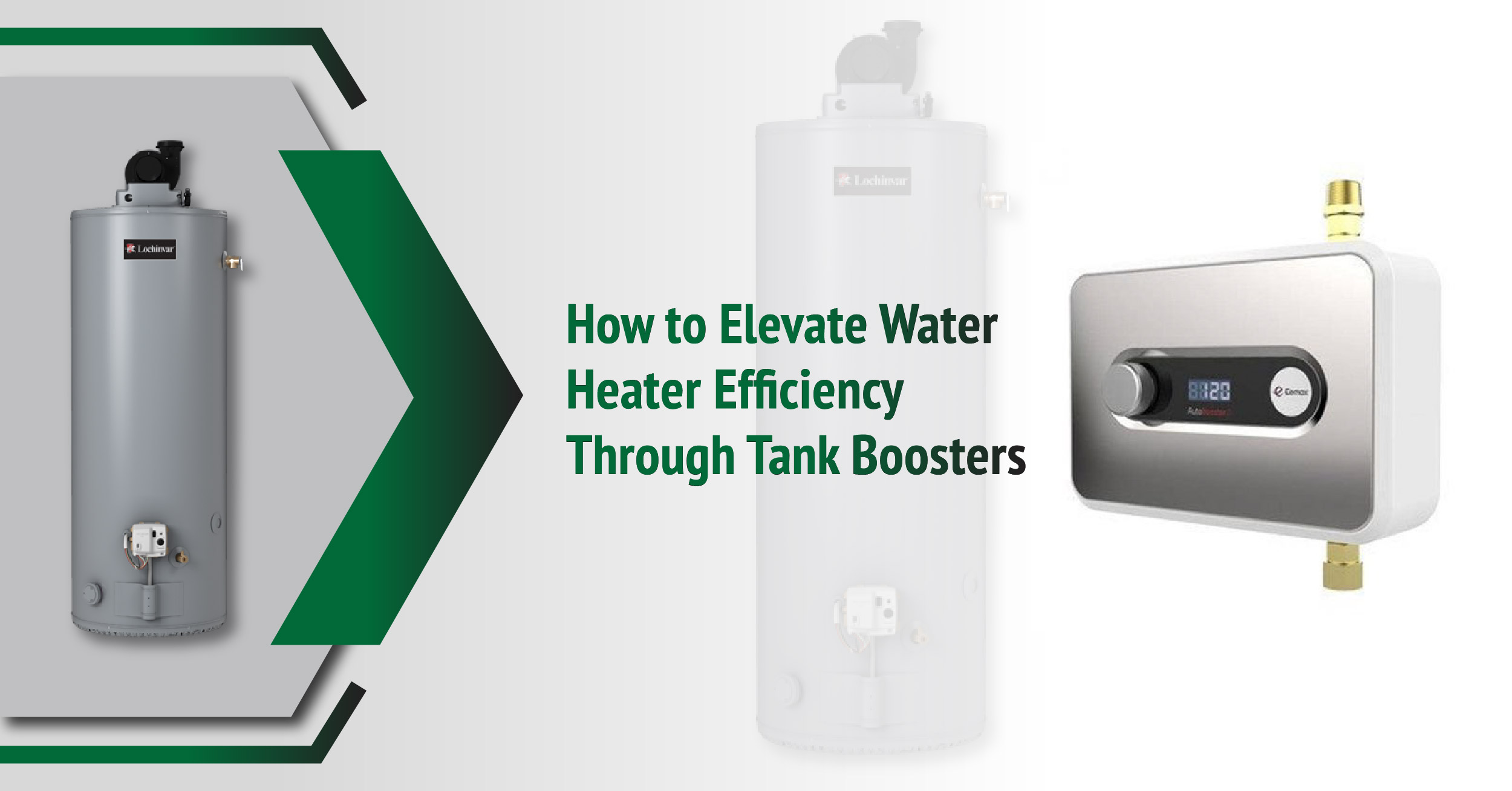How to Elevate Water Heater Efficiency Through Tank Boosters

Water heaters play a crucial role in our daily lives, providing us with hot water for various household activities. However, the efficiency of traditional water heaters can often be improved to meet the increasing demand for energy conservation. One effective way to enhance water heater efficiency is by installing tank boosters. In this blog, we'll explore what tank boosters are and how they can elevate the performance of your water heater.
Understanding Tank Boosters:
Tank boosters, also known as mixing valves or thermostatic mixing valves, are devices designed to regulate and control the temperature of water coming from your water heater. They can be installed at the outlet of the water heater to mix hot water with cold water, ensuring a consistent and safe temperature for various applications.
Benefits of Tank Boosters:
1. Temperature Control:
Tank boosters allow you to set the water heater temperature at a higher level for the prevention of bacteria growth (above 140°F) while delivering a safe and comfortable water temperature at the tap. This ensures that your water heater operates at an optimal temperature for safety and efficiency.
2. Reduced Energy Consumption:
According to the U.S. Department of Energy, water heating accounts for about 18% of a home's energy use. Tank boosters can help lower this percentage by reducing the need for constant reheating. Studies show that lowering your water heater's temperature by just 10°F can result in 3-5% energy savings.
3. Minimized Standby Heat Loss:
Tank boosters help minimize standby heat loss by delivering water at the desired temperature directly from the tank without the need for frequent reheating. This leads to energy savings and reduced wear and tear on the water heater.
4. Extended Lifespan of Water Heater:
The decreased workload on the water heater, thanks to the controlled temperature provided by tank boosters, can contribute to an extended lifespan for your water heating system. This can result in long-term cost savings and a reduced environmental impact.
Installation Process:
Installing a tank booster is a relatively straightforward process, but it's essential to follow the manufacturer's guidelines and local plumbing codes. Here's a general overview:
Turn off the Power:
Before starting the installation, turn off the power supply to the water heater. For electric water heaters, this typically involves shutting off the circuit breaker, while gas water heaters should be turned off at the gas valve.
Locate the Hot Water Outlet:
Identify the hot water outlet on your water heater. This is where you'll install the tank booster.
Install the Tank Booster:
Follow the manufacturer's instructions to install the tank booster at the hot water outlet. Typically, this involves cutting the hot water pipe, installing the tank booster, and connecting the pipes securely.
Adjust the Temperature:
Set the desired water temperature on the tank booster according to your preference and safety standards. Most tank boosters have an adjustable dial for this purpose.
Turn on the Power:
Once the installation is complete, turn the power supply back on and check for any leaks. Make sure the water heater is functioning correctly with the tank booster in place.
Conclusion:
Tank boosters are an excellent investment for enhancing water heater efficiency, promoting safety, and optimizing energy use. By regulating water temperature at the point of use, these devices contribute to a more sustainable and comfortable home. Consider installing a tank booster today to enjoy the benefits of improved efficiency and safety in your daily hot water usage.

